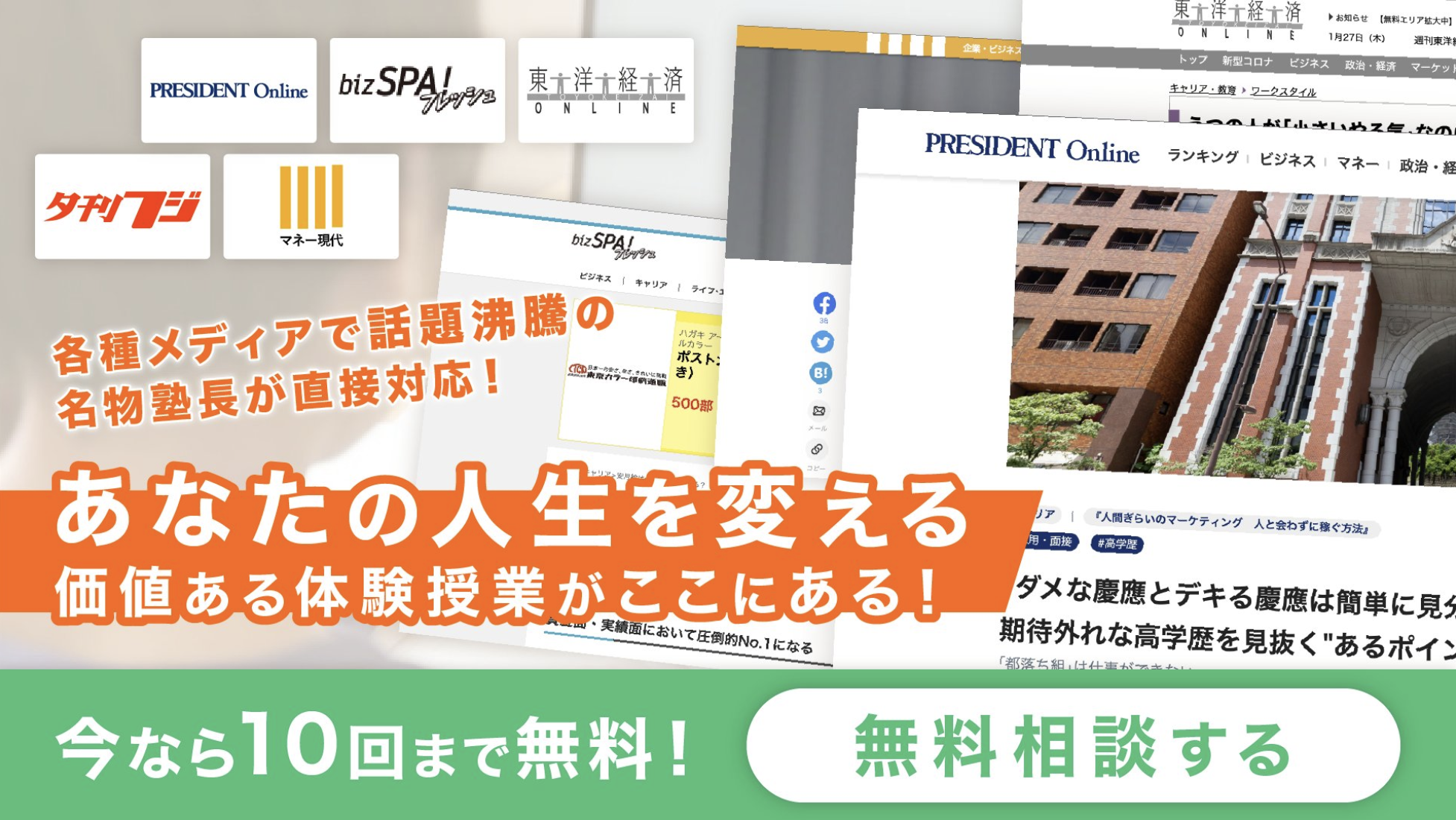- Professor Isao Yanagimachi
Introduction to the discussion
Through the global monetary policy easing after the 2008 Lehman shock, the amount of debt has been increasing in countries all over the world, regardless of developed or emerging countries.
After the financial crisis, South Korea is deepening its cooperation with China whose economy continues to grow, but in consideration of China’s recent economic growth that shows signs of slowing down, and it cannot be optimistic.
If South Korea cannot keep pace with the US and Japan regarding the political issues, the economic damage on the Korean economy also will be great.
Finding the problem
Then, what strategy should Korean companies take to survive?
Argument
South Korea is shifting its main products from components such as semiconductors and LCD panels as represented by DRAM to finished products such as digital home appliances and mobile phones.
As long as South Korea stays as a component supplier since its revenue will largely depend on the market of the developed countries, its economy tends to be unstable. Therefore, achieving a break from the overwhelming dependence on the semiconductor sector is good for South Korea’s economic resilience.
However, South Korea’s economy seems also dependent on political issues.
Conclusion
Therefore, I would like to study how Korean companies should survive in the global recession that is expected to take place again in the near future.
Examining the conclusion
By studying with Professor Isao Yanagimachi, who has numerous research achievements on Japanese and Asian corporate management, I am sure that I could obtain various perspectives regarding my research and it would open up new horizons for me.
Therefore, I believe that Keio University’s Faculty of Policy Management is the most suitable place for pursuing my research and social contributions, and I am aspiring to enter your school and study in your laboratory.






コメントを残す